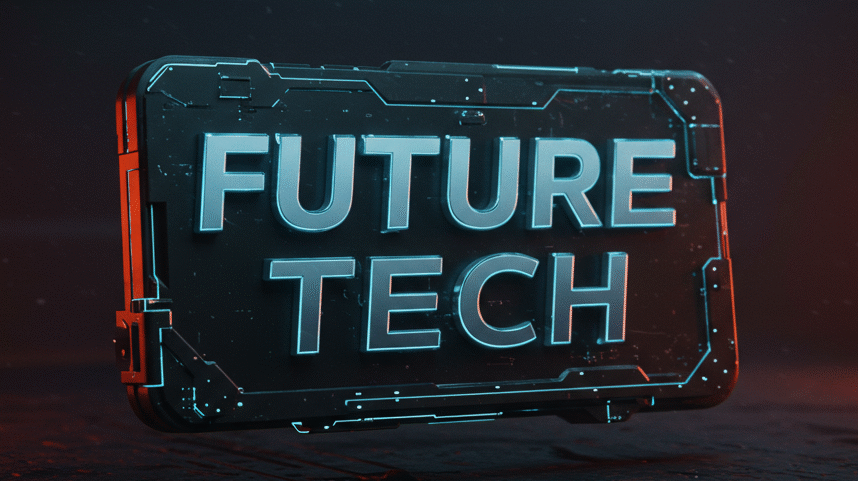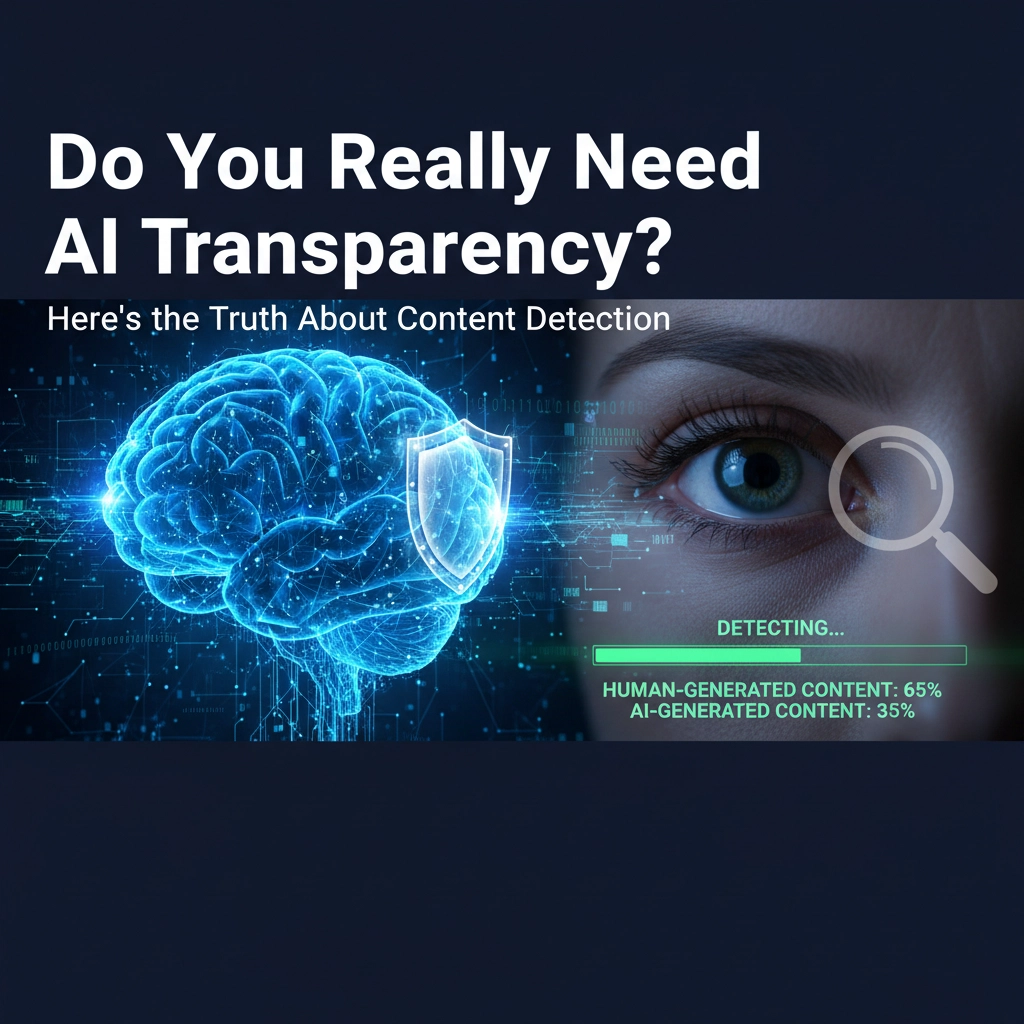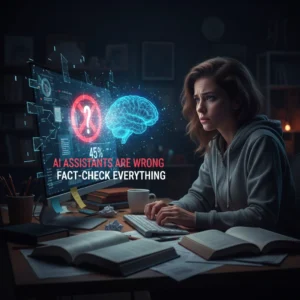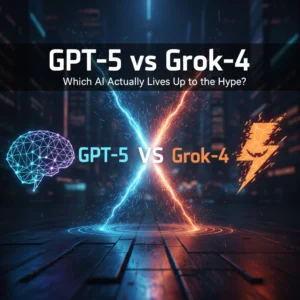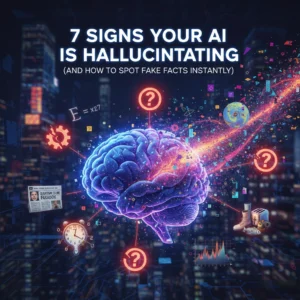Ever wondered if that perfectly written email from your colleague was actually crafted by ChatGPT? You're not alone. As AI gets better at mimicking human creativity, the line between artificial and authentic content keeps getting blurrier. But here's the kicker – the whole debate about AI transparency might be asking the wrong questions entirely.
Let me tell you something that'll probably surprise you: those AI detection tools everyone's talking about? They're wrong about 25% of the time. That's like flipping a coin twice and hoping for the best. So before you start pointing fingers at AI-generated content, let's dig into what AI transparency really means and whether we actually need it.
What AI Transparency Actually Is (And What It's Not)
Most people think AI transparency is just about slapping a label on AI-generated content. "This was made by AI" – problem solved, right? Wrong. Real AI transparency goes way deeper than that.
Think of AI transparency like looking under the hood of your car. It's not just knowing whether the engine is running – it's understanding how the engine works, what fuel it uses, and why it sometimes makes that weird noise. In AI terms, transparency means understanding how these systems make decisions, what data they're trained on, and why they spit out the answers they do.
Here's what real AI transparency covers:
- Explainability: How did the AI reach this conclusion?
- Data sources: What information was used to train the model?
- Decision-making process: What factors influenced the output?
- Limitations and biases: What can this AI not do well?
- Accountability: Who's responsible when things go wrong?
The reality is that most AI systems operate like black boxes. You put something in, you get something out, but what happens in between? That's often a mystery, even to the people who built them.
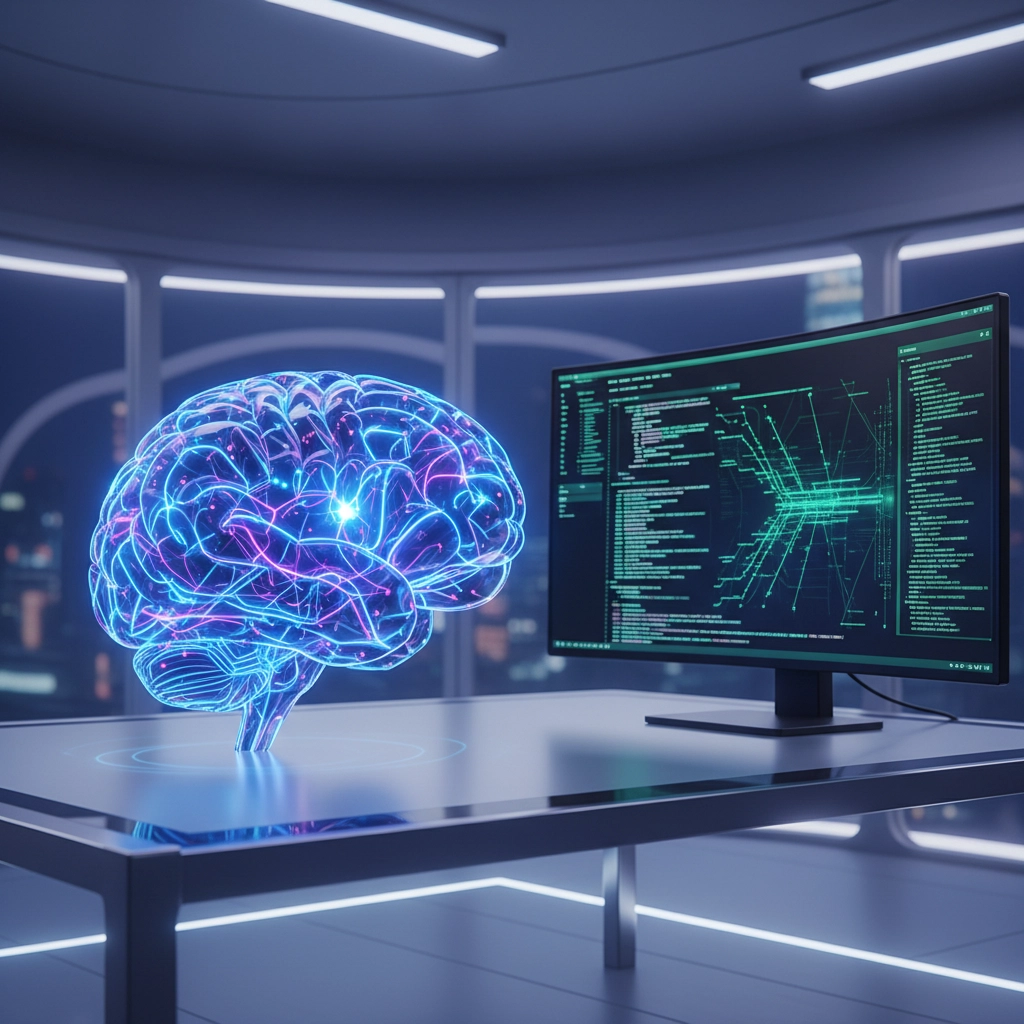
The Messy Truth About Content Detection
Here's where things get interesting (and a bit messy). Those AI detection tools that promise to identify machine-generated content? They're not as reliable as you'd think.
I recently talked to a college professor who was convinced half his students were using AI to write their essays. He'd run every paper through multiple AI detection tools, and the results were all over the place. The same essay would be flagged as 90% AI-generated by one tool and completely human by another. One student's genuinely hand-written paper got marked as AI-generated, while an obviously AI-written piece sailed through undetected.
This isn't just an isolated case. Research shows that AI detection software has high error rates and can lead to false accusations. The problem is that as AI writing gets more sophisticated, it becomes increasingly difficult to distinguish from human writing. We're basically in an arms race where detection tools are always playing catch-up.
But here's what's really fascinating: there are two completely different approaches to content identification. The first is human-facing – think visible watermarks or disclaimers that people can see. The second is machine-readable – invisible digital signatures that computers can detect but humans can't see.
The machine-readable approach is showing more promise because it works at the source. Instead of trying to reverse-engineer whether content was AI-generated after the fact, it embeds identification markers during the creation process. It's like having a digital fingerprint that can't be easily removed or faked.
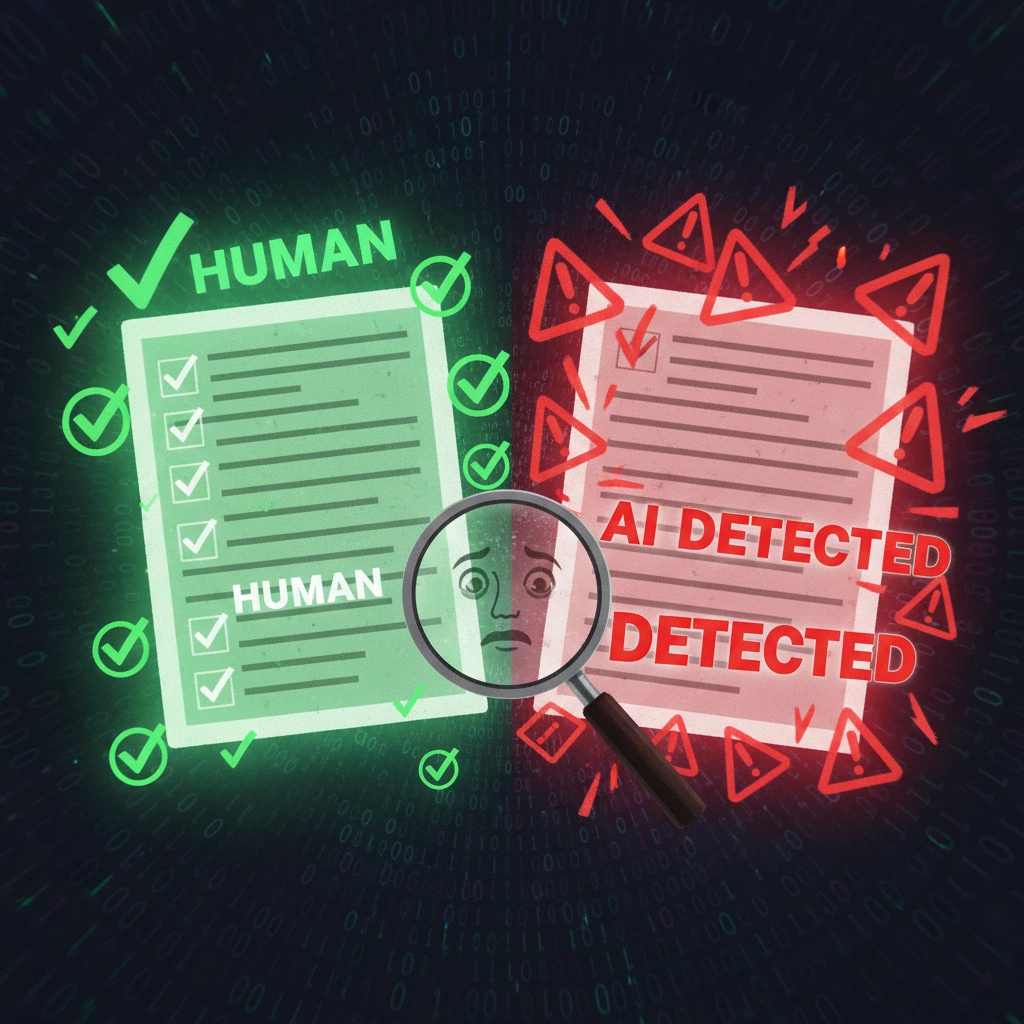
Why Transparency Matters More Than Perfect Detection
So if detection is unreliable, why bother with transparency at all? Because transparency isn't really about playing AI detective – it's about building trust and accountability in a world increasingly powered by artificial intelligence.
Consider this: 75% of businesses believe that lack of AI transparency could drive customers away. At the same time, 65% of customer experience leaders see AI as essential for their business success. That's a contradiction that can only be resolved through better transparency practices.
The business case for transparency goes beyond just labeling content. When customers understand how AI is being used in their interactions, they're more likely to trust the process. When employees know how AI systems make decisions, they can work with them more effectively. When regulators can audit AI systems, they can create better policies.
But transparency also serves three critical functions that perfect content detection simply can't address:
Ethical responsibility: AI systems can perpetuate biases present in their training data. Without transparency, these biases remain hidden and can cause real harm. Imagine an AI hiring system that systematically discriminates against certain demographics – transparency helps identify and fix these problems.
Legal compliance: As governments worldwide introduce AI regulations, transparency becomes a legal requirement. The EU's AI Act, for example, requires certain AI systems to be transparent about their capabilities and limitations.
Social trust: Perhaps most importantly, transparency helps society adapt to AI integration. When people understand how AI works, they're better equipped to use it responsibly and make informed decisions about when to rely on it.

The Future of AI Transparency
Instead of focusing solely on whether content was AI-generated, we're moving toward more sophisticated transparency frameworks. The future isn't about perfect detection – it's about creating systems of accountability that work even when detection fails.
Think about it like food labeling. We don't just want to know if something contains artificial ingredients – we want to know what those ingredients are, where they came from, and how they might affect us. AI transparency should work the same way.
The most promising approaches combine multiple strategies. Watermarking systems that embed identification at the point of creation. Transparency reports that explain how AI systems work. User interfaces that clearly indicate when AI is being used and how. Training programs that help people understand AI capabilities and limitations.
Some companies are already leading the way. OpenAI has experimented with AI-generated text watermarks. Adobe includes metadata in AI-generated images. Google provides detailed explanations of how its search algorithms work.
But the real breakthrough will come when transparency becomes systematic rather than optional. When AI transparency is built into the development process from day one, not added as an afterthought.
Making Sense of It All
The truth about AI transparency is more nuanced than the usual "we need to detect AI content" narrative suggests. Perfect detection might be impossible, but that doesn't make transparency worthless – it makes it more important.
Instead of chasing the impossible dream of foolproof AI detection, we should focus on building trust through understanding. That means creating AI systems that can explain their decisions, establishing clear accountability for AI outputs, and helping people develop the digital literacy skills they need to navigate an AI-powered world.
The goal isn't to eliminate AI from our content creation – that ship has sailed. The goal is to create a framework where AI and human creativity can coexist transparently, where people can make informed decisions about when and how to use AI tools.
So do you really need AI transparency? Absolutely. Just not in the way most people think. We need it not as a perfect detection system, but as a foundation for trust, accountability, and responsible AI development.
What's your take – should we be focusing more on building better AI detection tools, or is it time to accept that transparency is about more than just catching AI-generated content?
